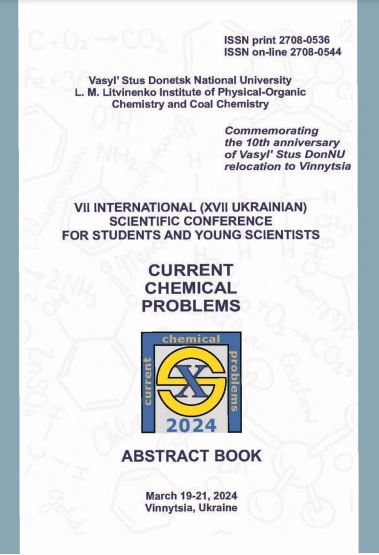Organic acids of grapes – raw materials for wine
Анотація
The history of the development of viticulture and winemaking in Ukraine dates back to ancient times – the 6th century. to n. The fact that viticulture and winemaking was one of the most important occupations here is evidenced by the images of grape bunches on some coins of the 3rd and 5th centuries. b.c. the city of Tira (now Bilhorod-Dnistrovskyi). For two and a half millennia, periods of prosperity alternated with declines or the complete death of viticulture and winemaking due to either military actions or underestimation of this highly profitable and so necessary branch of the economy. There is historical information up to the 11th-12th centuries. about viticulture and winemaking in the territory of Northern Ukraine, where most of the vineyards belonged to monasteries, primarily the Kyiv-Pechersk Monastery. At the beginning of the 18th century founded in Kyiv the so-called ″regular garden″ and a vineyard with it, where various wines were produced. By the end of the 18th century. viticulture and winemaking began to decline in the North of Ukraine, but increasingly developed in the southern regions (now Odesa, Mykolaiv, Kherson, and Zaporizhzhia regions). Grapes are one of the sweetest fruits, the sugar content is more than 32 %. The main difference between grapes and other fruits and berries is that its composition is rich in glucose and fructose, organic acids, mainly phenolic compounds. It is known that phenolic compounds (catechins, anthocyanins, biflavo-noids, etc.) contribute to the removal of radiation from the human body.

